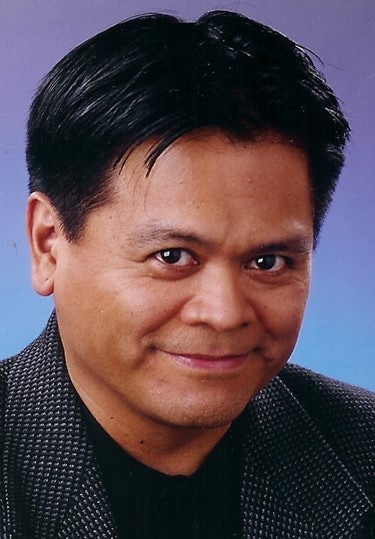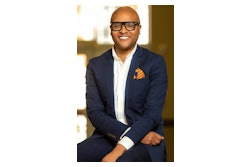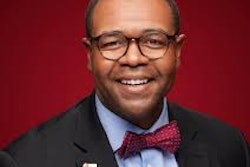 Emil Guillermo
Emil Guillermo
That’s a question that moves us all in a good direction.
As Harvard is currently considering the role slavery played in its history, the idea of a Black president was the first thing that came to mind. It made me think of former U.S. President Barack Obama as a person who would bring stature as a double-executive first.
How does 'first African American president, first African American president at America’s most prestigious white supremacist-oriented university' sound?
But wouldn’t it be a letdown for Obama?
After all, Obama hired Larry Summers — the former Treasury secretary — to serve as his director of the White House U.S. National Economic Council. And that was after Summers was president of Harvard.
Of course, Harvard just announced the search committee headed up by Penny Pritzker. She’s not just a billionaire heiress and philanthropist, she’s the 38th U.S. Secretary of Commerce under Obama.
Do you think the idea has crossed someone’s mind? Just for the pub?
Or maybe it’s time to just let Henry Louis Gates Jr. rise? He’s a star academic and PBS icon now. He can make Harvard’s DNA right.
Or maybe it should be an Asian American?
The color of Harvard
This is all part of the big changes I noticed as I recently visited the university as an alumnus. People were talking openly about how Harvard could be better, especially when it comes to race. I was in several discussion groups on race, one that included classmate Steve Ballmer, the ex-Microsoft head and now owner of the Los Angeles Clippers.
The school is trying to get it right.
It must. The world is changing and, slowly, so is Harvard.
Sitting in Harvard Yard for the mass alumni gathering was interesting, seeing how the older alums there for their 50th reunions and up (75? Yes) were so white.
As you moved toward the back, all the way to Widener Library you could see how the color change among the alumni was distinct. It went from white to browner in a few hundred feet.
The last person I saw in the alumni procession was a young African American woman holding the marker sign for 2021. She was a graduate student who had received her M.A. and was proud to be the last alumnus in the march.
Diversity is happening. You can tell by last week’s matriculation number.
The white members of the class are now at 42.5% — a sharp drop down from the previous year’s 47.2% (Class of 2025).
It’s been around 47% since the Class of 2022 when it was 49.8%, making this past graduating class the first that was minority white.
The Class of 2021 was the last white majority class at 52.2%.
Harvard is less white, more Asian. This fall’s Class of 2026 is 27.6% Asian, up from the Class of 2025’s 25.3%. The trend means that the four-year undergraduate class this coming semester will be 25.77%, more than a quarter of the school.
Add Blacks at around 14% and Latinos around 12%, Harvard will be a BIPOC majority.
Consider all that and question why it looks like a 6-3 conservative U.S. Supreme Court looks poised to end the way admissions works at Harvard.
Are there too many people of color? Is the admissions process too successful producing a class that’s too diverse for Harvard’s past?
My opinion of the suit against Harvard brought by a faction of Asian American students who have been misguided by anti-affirmative action legal activists is that the lower court got it right when it sided with Harvard. Hence, the U.S. Supreme Court has no business butting in. It should just affirm the lower court.
What I fear is if it doesn’t, and the admissions process changes, either there’s a way to keep things more balanced, or the number of Asian Americans may get as high as UC Berkeley’s.
At Berkeley, the numbers are 41.4% Asian for the past incoming class of 2021.
As an Asian American, that’s great, especially at a premier state university in California, the most Asian American state in the country.
But would it be fair at a school like Harvard?
The system in place isn’t illegally discriminatory and would seem fairer and more balanced by comparison. Harvard is also finally getting its act together by hiring two new Asian American studies scholars. The choice of Taeku Lee, a government professor from Berkeley, and Chinese American Erika Lee, a history professor from Minnesota, are good signs.
Harvard seems to be going in the right direction already. It’s a shame if a SCOTUS ruling would hurt not just progress at Harvard, but other schools with admissions that use race as just one factor among many.
It’s another thing to fear from a conservative high court hell bent on moving in a different direction.
Emil Guillermo is a journalist, commentator, and lecturer. He writes for the Asian American Legal Defense and Education Fund.



















